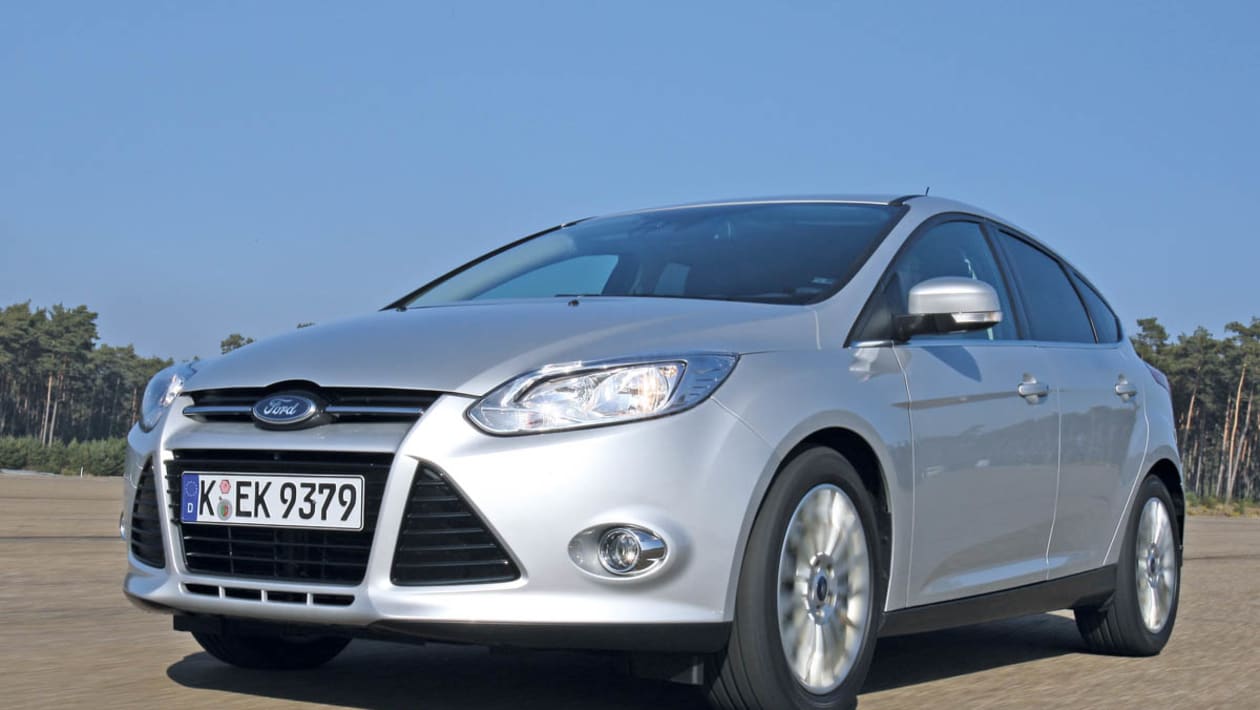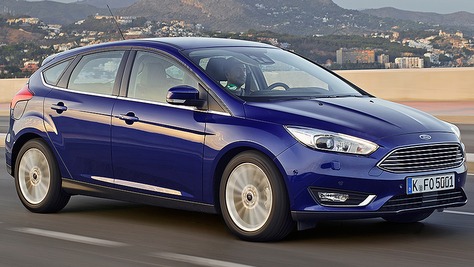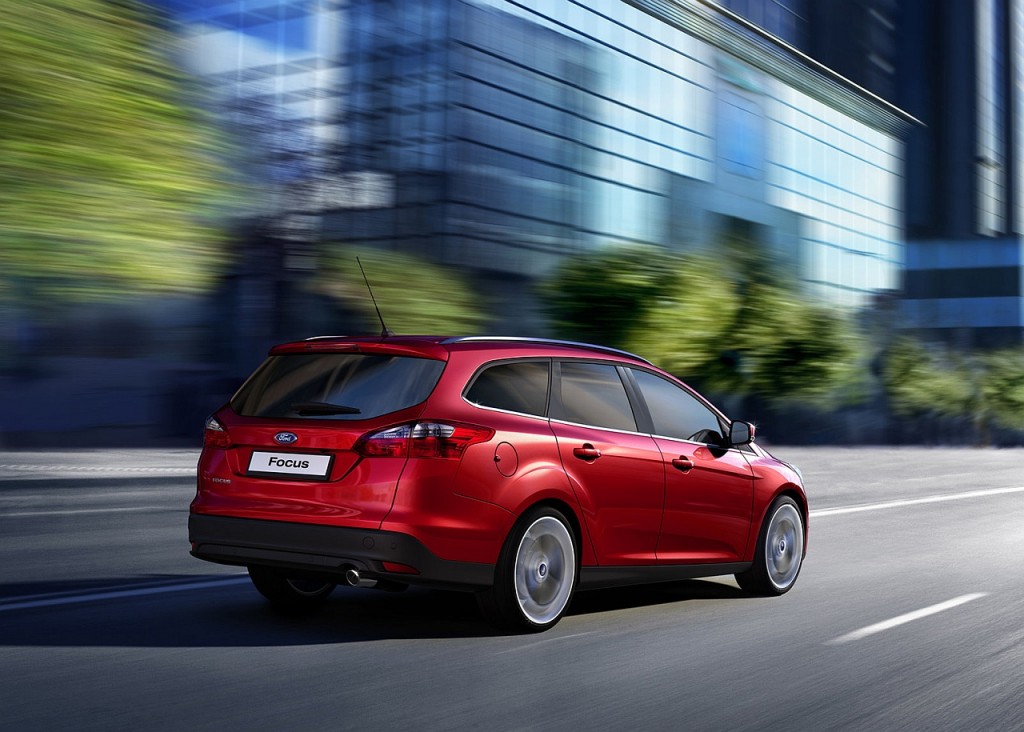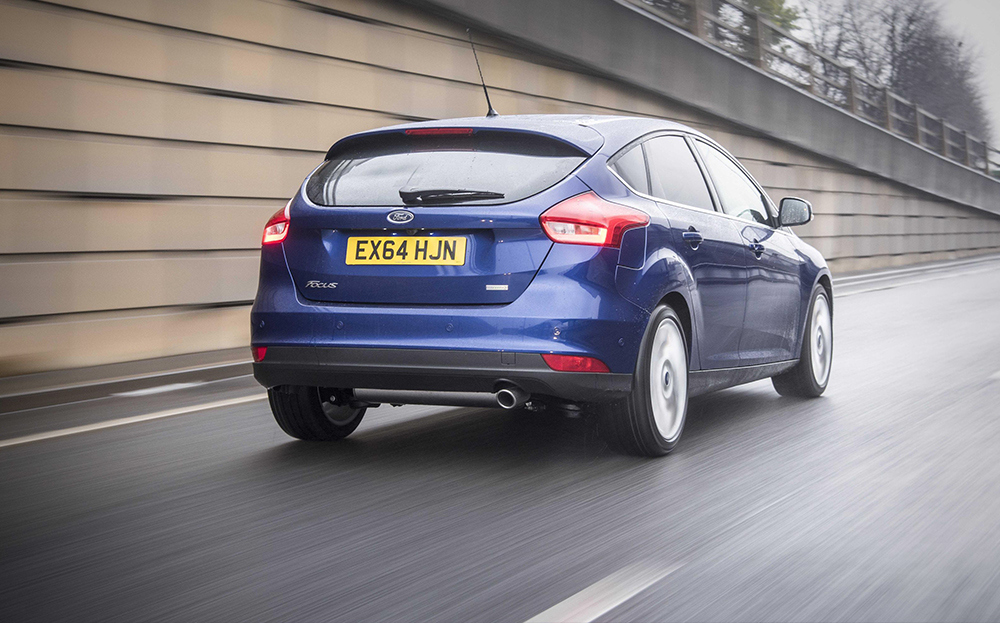The Ford Focus MK III: Is It a Future Classic? A Deep Dive
The Ford Focus MK III, produced from 2011 to 2018, was a pivotal model in Ford’s global strategy. It represented a significant evolution from its predecessor, boasting a sleeker design, improved technology, and a broader range of engine options. But amidst the ever-changing automotive landscape, the question arises: Could the Ford Focus MK III become a future classic? This article delves into the factors that could influence its potential for collectibility, analyzing its strengths, weaknesses, and the market forces at play.
Design and Styling: A Modern Aesthetic
The MK III Focus introduced Ford’s “kinetic design” language, giving it a more contemporary and aerodynamic appearance. This was a departure from the more utilitarian design of the previous generation. Key design elements included:
- Sleek Headlights and Taillights: Contributed to a more modern and cohesive look.
- Sculpted Body Lines: Enhanced the car’s visual appeal and improved aerodynamics.
- Varied Body Styles: Offered in hatchback, sedan, and estate (wagon) configurations, catering to a wide audience.
While subjective, the design was generally well-received and helped the Focus compete effectively in a crowded segment. Its timelessness will be a key factor in its future classic status.
Engine Options and Performance: A Diverse Lineup
Ford equipped the MK III Focus with a diverse range of engines, offering options for fuel efficiency, performance, and everything in between.
- EcoBoost Engines: The introduction of Ford’s EcoBoost engines, particularly the 1.0-liter and 1.6-liter turbocharged units, was a significant development, offering a compelling blend of power and fuel economy.
- Diesel Engines: Various diesel options were also available, catering to markets with a preference for diesel power.
- Performance Variants (ST and RS): The high-performance ST and RS models, with their powerful engines and track-focused handling, are particularly sought after by enthusiasts and have a strong potential for collectibility.
- Transmission Choices: Offered with both manual and automatic transmissions, providing flexibility for different driver preferences.
The variety of engines, especially the EcoBoost and the performance-oriented models, is a significant factor in the Focus MK III’s potential as a future classic.
Technology and Features: Modern Amenities
The Focus MK III was equipped with a range of modern technology features, making it competitive in its class. These included:
- SYNC Infotainment System: Offered a central hub for entertainment, navigation, and communication.
- Driver-Assist Technologies: Features like lane-keeping assist, blind-spot monitoring, and adaptive cruise control enhanced safety and convenience.
- Connectivity Features: USB ports, Bluetooth connectivity, and optional navigation systems were standard or available.
While these features were cutting-edge at the time, their obsolescence is a natural part of the automotive evolution. However, the presence of these features when new helps define the car’s place in automotive history.
Reliability and Common Issues: Addressing the Downsides
Like any car, the Ford Focus MK III has its share of known issues. These are important to consider when evaluating its potential for collectibility.
- PowerShift Transmission (Dual-Clutch Automatic): This transmission was notorious for reliability problems, particularly in early models. This is a major factor that could detract from its long-term desirability.
- Water Pump Issues: Some engines were prone to water pump failures.
- Electronic Problems: Certain electronic components, such as the SYNC system, could experience glitches.
- Rust: While generally well-protected, rust could become an issue in certain climates and with inadequate maintenance.
The prevalence of these problems could negatively impact its future classic value, especially if they were not addressed during ownership.
The Market and Competition: Factors Influencing Collectibility
Several market factors will influence the MK III Focus’s collectibility:
- Popularity and Production Numbers: The Focus was a highly popular car, produced in large numbers. This can dilute its collectibility, especially for mainstream models. However, the performance variants (ST and RS) were produced in more limited quantities.
- Condition and Maintenance: Well-maintained examples, especially those with low mileage, will command higher prices.
- Performance Variants: The ST and RS models are most likely to become sought-after collectibles due to their performance and rarity.
- Market Trends: The growing interest in modern classics and the potential for fuel prices to rise could increase demand for efficient and fun-to-drive cars like the Focus MK III.
- Competition: Cars like the Volkswagen Golf, Mazda3, and Honda Civic, also from this era, will be direct competitors for collector interest.
The Verdict: A Cautiously Optimistic Outlook
The Ford Focus MK III has the potential to become a future classic, but its path to collectibility is not guaranteed. The performance variants, particularly the RS, are the most promising candidates. The mainstream models, while less likely to become highly valuable, could still be appreciated for their design, technology, and driving dynamics.
Factors that could boost its collectibility:
- Low mileage, well-maintained examples.
- Original condition and factory specifications.
- Performance variants (ST and RS).
- Increasing interest in modern classics.
Factors that could hinder its collectibility:
- PowerShift transmission issues.
- Common reliability problems.
- High production numbers of standard models.
- Competition from other popular cars of the era.
Ultimately, the future of the Ford Focus MK III as a classic car depends on a combination of factors, including its enduring appeal, the care it receives from owners, and the evolution of the classic car market. While it may not reach the same heights as some of its more exclusive counterparts, the Ford Focus MK III offers a compelling case for future appreciation, especially in its high-performance forms.
Frequently Asked Questions (FAQs)
1. Which Ford Focus MK III models are most likely to become classics?
The ST and RS performance models are the most likely to become sought-after classics due to their performance, rarity, and enthusiast appeal.
2. What are the common mechanical issues to be aware of when considering a Ford Focus MK III?
The PowerShift dual-clutch automatic transmission, water pump failures, and certain electronic glitches are the most common issues to watch out for.
3. How does the production volume of the MK III Focus affect its potential collectibility?
The high production volume of the standard models could limit their future value. However, the limited production of the ST and RS models makes them more desirable to collectors.
4. What is “kinetic design” and how did it impact the MK III Focus?
“Kinetic design” was Ford’s design language at the time, characterized by sleek lines and a more modern, aerodynamic appearance. It gave the MK III Focus a more contemporary look.
5. What are some key features that make the MK III Focus stand out from its competitors?
The EcoBoost engines, driver-assist technologies, and the availability of performance variants (ST and RS) are some of the features that helped the MK III Focus stand out.




